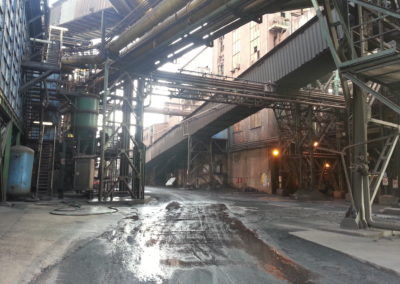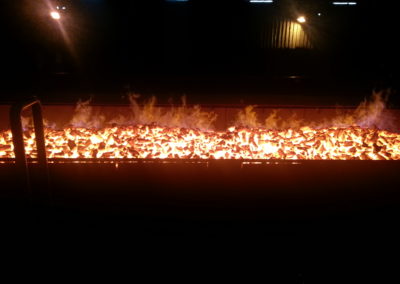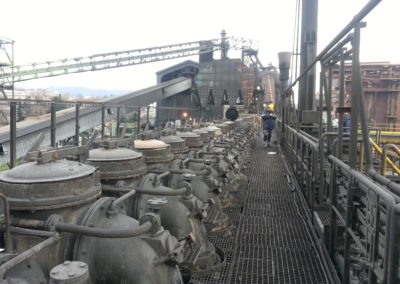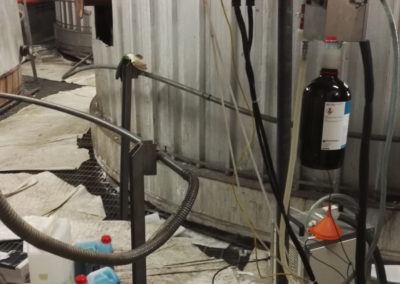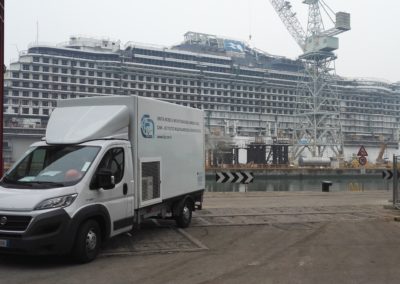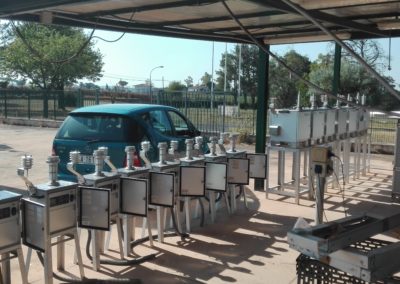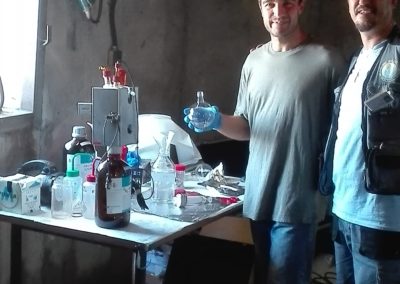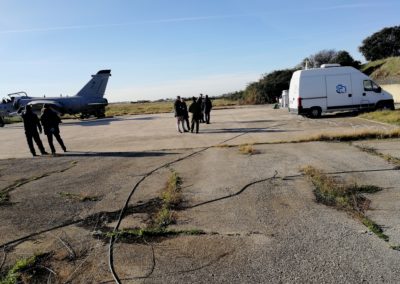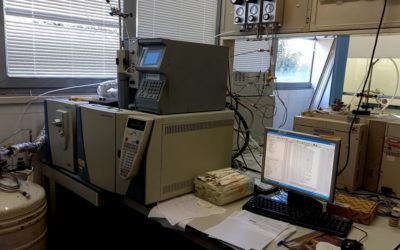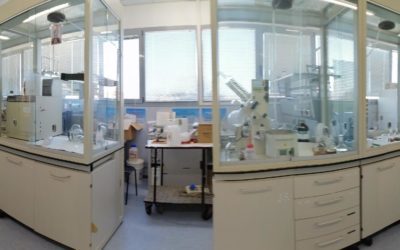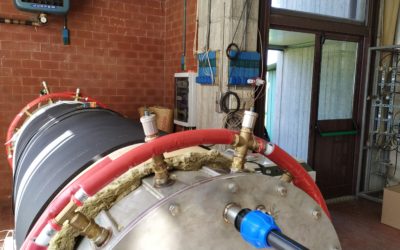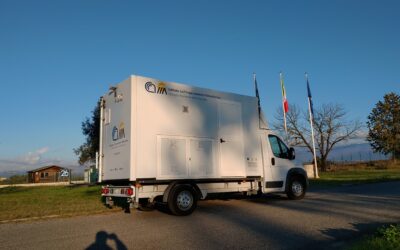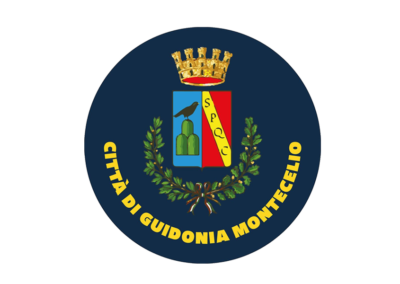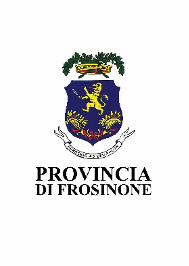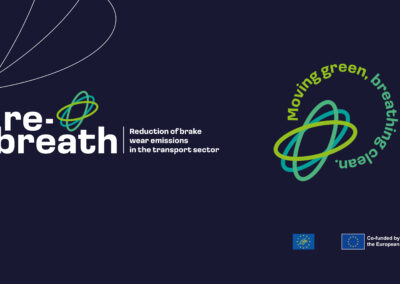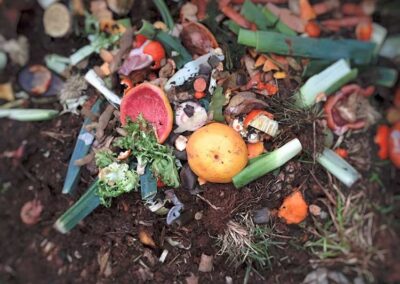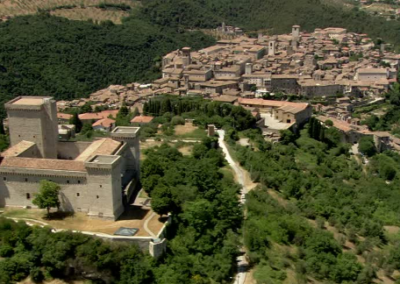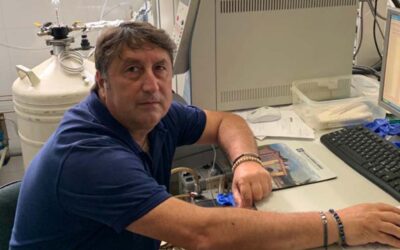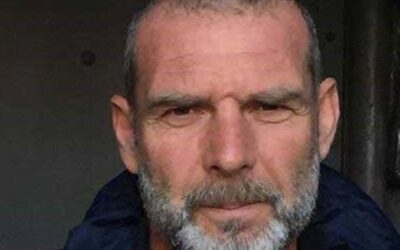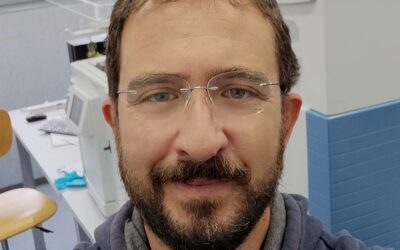Area Skills
In the current era based on the industrial economy, air pollution is an inevitable consequence that cannot be completely removed but can be reduced through both collective and individual contributions. There are multiple sources of anthropogenic emissions into the atmosphere, such as industries, fossil fuels used for domestic air conditioning or automotive. The improvement of combustion processes in industrial plants and engines, the sequestration of CO2, energy efficiency, the control of diffuse gas emissions from agricultural crops and livestock, fuel conversions are important advances in the reduction of atmospheric pollutants.
Italy, like the other EU countries, is committed to a long-term plan (2050) for the reduction of emissions up to "climate neutrality".
This objective is achievable if measures are taken to support the use of technologies for renewables and energy efficiency.
Since its foundation, CNR-IIA has been involved in the development of analytical systems for the sampling and determination of pollutants both in ambient air and emissions in conveyed flows. In this context, the CNR-IIA boasts an experience of about 40 years and a multidisciplinary approach of the staff present in the Institute. Within the CNR, only the engine institute deals in a secondary way with the study of emissions relating to engines. Over the years, the Emissions Research Group has developed systems for the sampling and analysis of pollutants based on the needs of the Italian industry and the control bodies that have requested their collaboration (Polimeri Europa, ARPA, NOE, etc.).
Area contact person: Ettore Guerriero
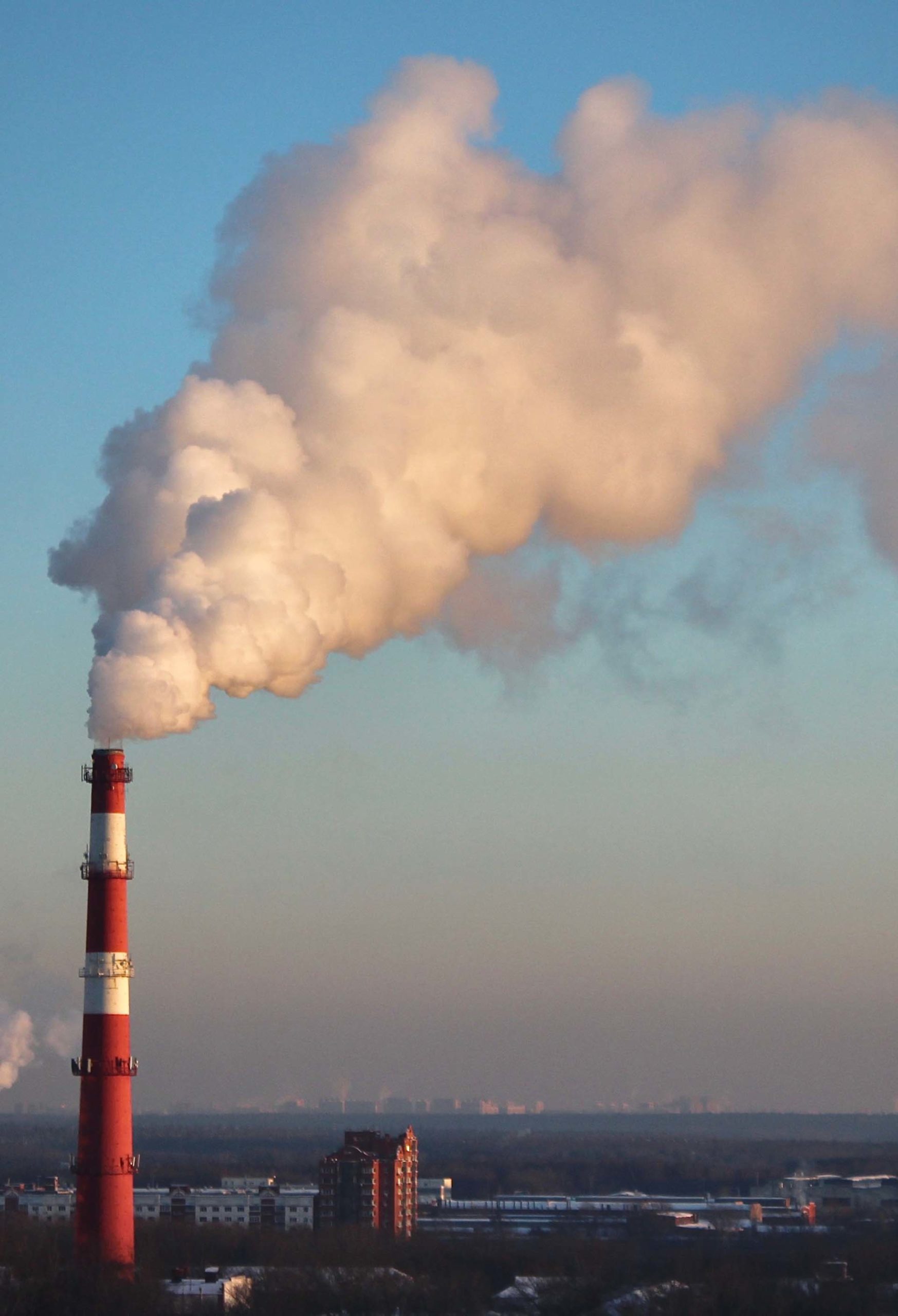
Unlike other research groups of other bodies that often deal with only one aspect concerning the monitoring of emissions, the CNR-IIA is able to cover the entire "Supply Chain". In fact, in addition to sampling with standardized procedures or developed according to the case, the CNR-IIA Emissions Group is able to analyze in its laboratories the different analytes sampled on a wide range of classes of pollutants, from organic and inorganic micropollutants to macro-pollutants.
Once the data has been acquired, the Emissions Group is able to process them with a statistical evaluation and with dispersion models followed by subsequent monitoring campaigns dedicated to verifying the predictive models applied. In this context, the team is able to carry out an analysis on the scenarios in support of the circular economy and decarbonization also through models of dispersion of pollutants on a local scale, life cycle analysis (LCA) and the development of decisions support systems (DSS). Furthermore, it actively participates in the development of standardized methods and guidelines for analytical determinations in support of national and international bodies (UNICHIM, UNI, CEN, ISO, ISS etc.) and assists the "Transfer of technical-scientific knowledge for ecological transition" group of the CNR-IIA which works at the Ministry of Ecological Transition, carrying out support activities in the field of preparation and implementation of legislation concerning atmospheric pollution and industrial risk both nationally (c / o MATTM) and at EU and international level (ie, UEP, UNECE-LRTAP, Stockholm Convention, Minamata Convention). The group, therefore, is an intermediary between industry and the regulatory body for what concerns environmental problems, limitations and technological innovations, emission containment systems and monitoring systems.
The Emissions Group has considerable experience in the determination of organic micro-pollutants in emissions, i.e. Poly Chlorine-p-Dibenzo Dioxins (PCDD), Poly Chlorine Dibenzo Furans (PCDF), Poly Chlorine Biphenyls (PCBs, Aromatic Polycyllic Hydrocarbons (PAH) and Organic Compounds Volatile (VOC) and has offered advice over the years to the most important Italian industrial groups (ENEL, Lucchini, ILVA, ENI, Polimeri Europa, A2A, HERA, Buzzi Unicem, etc.) for monitoring and testing systems for reducing these The collaboration with many companies and the continuous study of the development of plant technologies on pollutant reduction systems and monitoring systems has allowed the exchange of experiences and knowledge, as well as the active participation in the technological development of the same. have been shared with other public, national and international research bodies, which often, after collaborations in prog research, have asked the CNR-IIA Emissions Group to give them training courses (ISPRA, ARTA, ILVA, Romania National Environmental Protection Agency (NEPA) and various Environmental Protection Agencies.
Research area capacity
The area currently employs research and technical personnel who have gained considerable experience in the study of emissions. The rest of the group that is going to be constituted is made up of young staff predisposed to learning new skills relating to previous training. The young researchers cover various disciplines necessary for the study of emissions, the development of monitoring methods and the reduction of pollutants, such as chemistry, biology, environmental engineering and economics for the management of energy resources.
LABORATORIES AND INSTRUMENTS
Volatile Organic Compounds (VOC) Laboratory
The IIA-CNR has a high level of experience in the sampling and analysis of Volatile Organic Compounds (VOC). Over the years, methodologies have been developed for sampling VOCs in emission and in ambient air. Multi adsorbent traps have been developed, ...
Laboratory of Organic Micropollutants Emissions (MOrE)
The laboratory carries out routine analyzes on recognized pollutants using standardized methods or develops analytical methods in order to improve performance and / or simplify existing standardized methods. The need to expand new methods ...
Bioenergy laboratory
In the bioenergy laboratory, new processes and prototypes for the ecological transition are developed and tested. The technologies that are being studied belong to the sectors of the circular economy and the production of renewable energy, in particular ...
Mobile Emissions Laboratory
Characteristics of the mobile laboratory: The laboratory is air-conditioned, is equipped with internal lighting and is thermally insulated. It is 1.85 meters wide, 3 meters long and 2.40 meters high. Inside there is a worktop about 1.60 meters wide and 50 cm deep. IS'...

